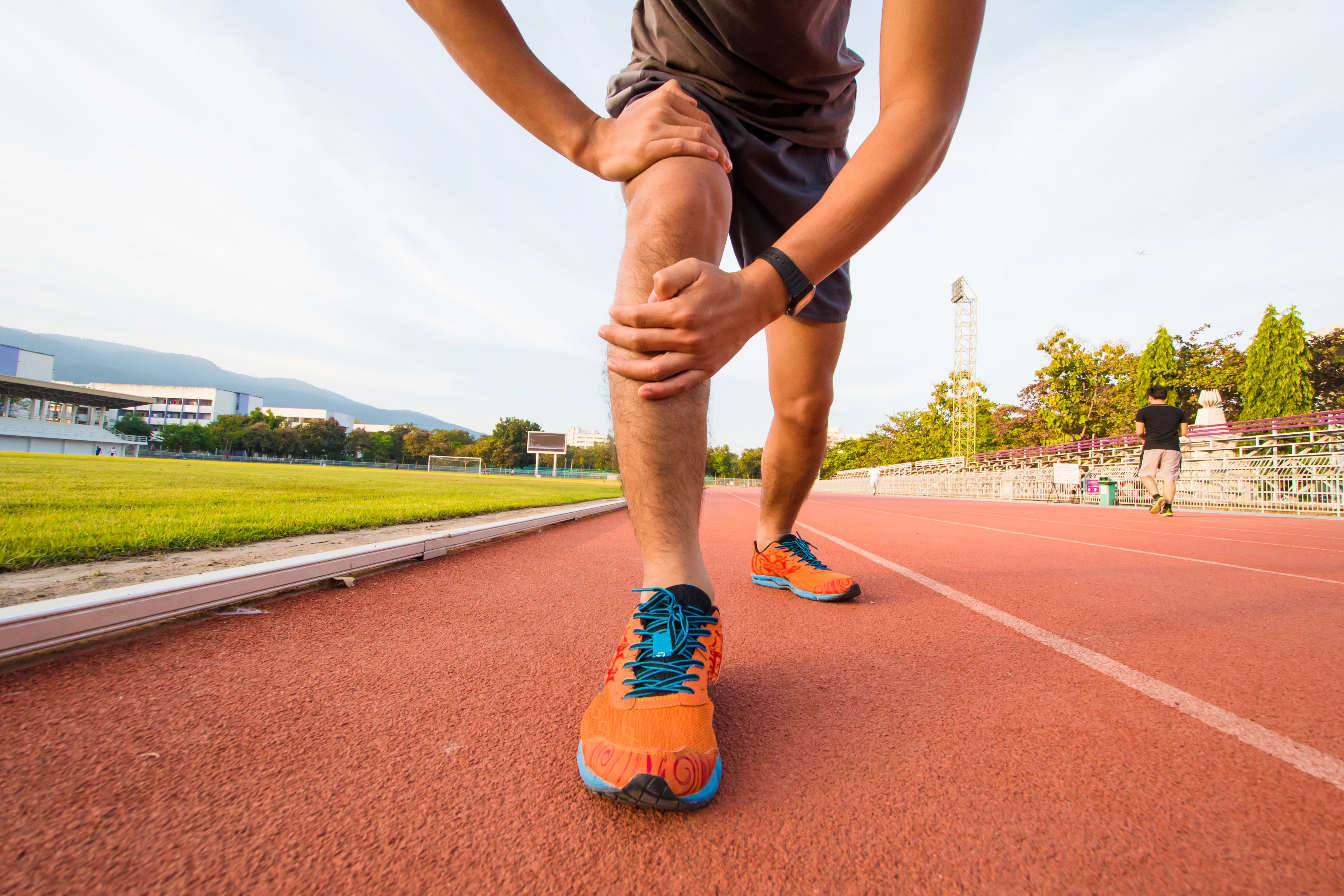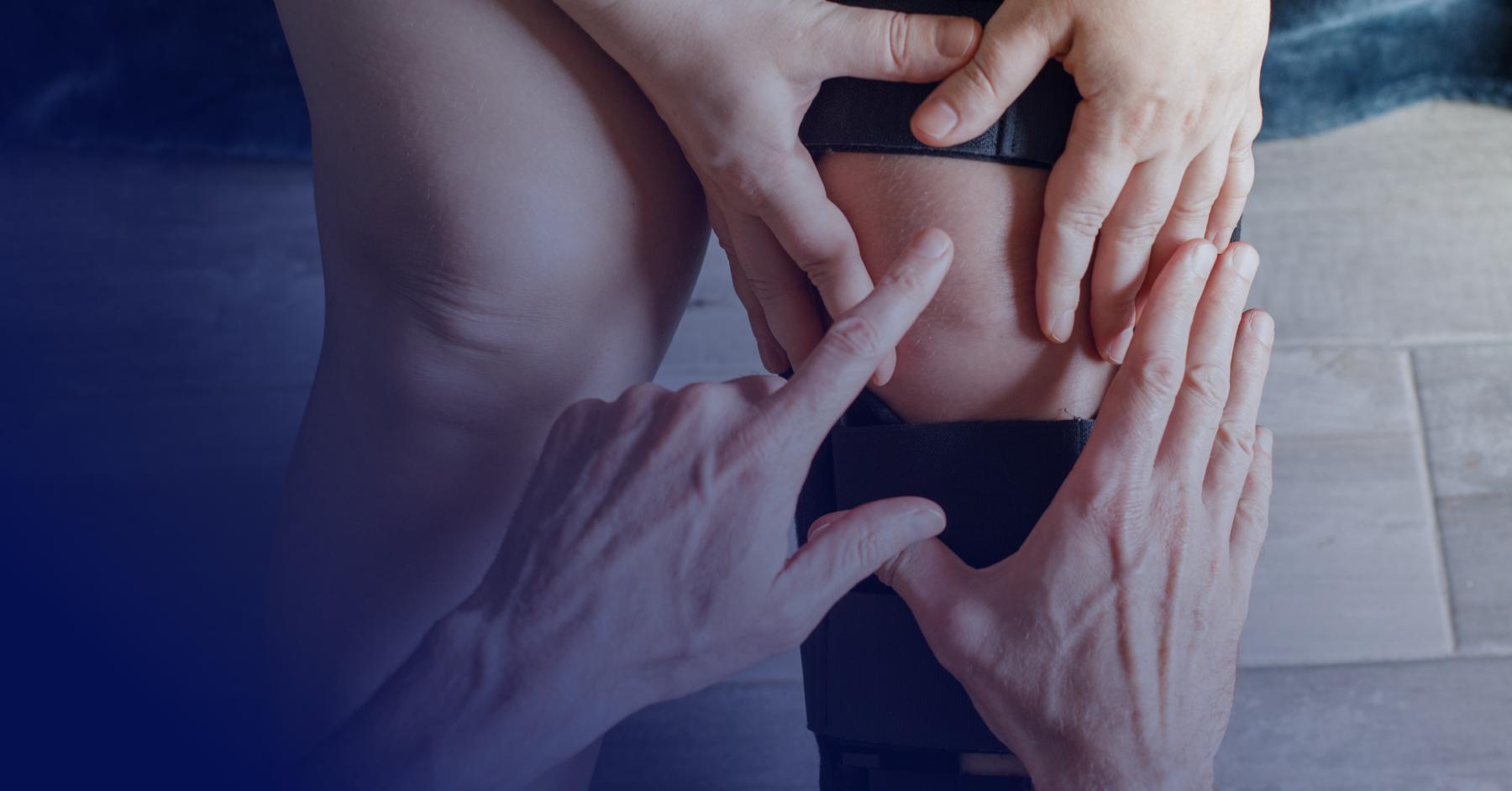5 Common Risk Factors for Developing Chondromalacia
Sports Medicine

Do you run? You may be a risk for chondromalacia, also known as “runner’s knee.” But, there are other risk factors as well.
About 48 million U.S. adults hit the running trail at least once a week in 2023. Although running is an excellent form of exercise, it takes a toll on your knees and can lead to a painful condition known as chondromalacia, or runner’s knee.
The condition affects the kneecap, or patella, which is why it’s sometimes called chondromalacia patellae. A network of ligaments and tendons connect the kneecap to the thigh and shinbone. Every time you move your kneecap, it slides over cartilage that cushions it from the femur, or thigh bone, located at the knee.
From either overuse or injury, the cartilage, tendons, or ligaments wear down, resulting in friction between the kneecap and thigh bone. This causes a dull ache at the front of the knee, sometimes swelling, and a clicking sensation when the knee moves. The pain becomes more pronounced when walking up and down stairs or after sitting or standing for long periods. Read on to learn 5 common risk factors for developing chondromalacia and how it’s treated.
5 risk factors for chondromalacia
While it’s common to have occasional knee pain, any discomfort lasting more than three weeks should be reviewed by a doctor. Knowing your risk factors can help you get treatment for chondromalacia as soon as possible.
1. Sex
Women develop chondromalacia of the patella more than men due to their anatomy. Because females generally have wider pelvises and less muscle mass than males, their knees can fall out of alignment more easily, increasing the pressure on the patella.
2. Overuse
Running and jogging on hard surfaces strains the knee joint, leading to damaged cartilage. Sports involving frequent jumps can also stress the knee. Doing those activities frequently and at high intensity raises your chance of runner’s knee. However, runners and other athletes are not the only ones susceptible to runner’s knee. People who bend their knees for work, such as those who install flooring, are at risk, too. Wearing knee pads or taping the knee as you work or run can maintain the knee in a stable position.
3. Flat feet
Flat feet can throw your knees out of position, putting more stress on your patella. Shoes with supportive and high arches can fix that problem. You can also get an arch insert for your footwear.
4. Previous trauma
An injury to the knee, such as a dislocation or ligament tear, elevates the risk of chondromalacia. Arthritis of the knee is another risk factor.
5. Age
Although runner’s knee can develop at any age, it’s more common among young people who run or play sports that excessively strain the knee. Young people are also more likely to experience painful knees due to their developing muscles and bones, which leads to an imbalance in the knee muscles. As they exercise, their knees absorb more stress. In addition to this, our cartilage slowly deteriorates as we age, and this breakdown in cartilage leads to bone-on-bone friction and pain in the knee.
Treating chondromalacia patella
To diagnose a runner's knee, your doctor will perform a physical examination to assess any pain and swelling. Imaging tests, such as an MRI or X-ray, may also be ordered.
Chondromalacia responds well to conservative treatment. You will first need to rest your knee and avoid activities that cause pain. To lessen the strain on your knee, switch to less strenuous workouts, such as swimming or biking, for a while.
Icing the knee may also bring down swelling and pain. To manage chondromalacia pain, try over-the-counter medications such as ibuprofen or acetaminophen.
Physical therapy to strengthen the muscles surrounding the knee helps keep the patella aligned properly. Weight-bearing exercises are not recommended. Instead, isometric exercises that tighten and release muscles are a better choice.
In rare cases, arthroscopic surgery to correct an imbalance in the knee joint or damage to the cartilage may be done. Surgery to loosen tight ligaments is another option, but it’s likely conservative treatments and rest will heal your knee pain.
Keep on running
Do your knees ache? You don’t have to give up running. Come see the physicians at All Sports Physical Therapy. As a leading sports medicine center, we can diagnose and treat your pain so you can get back on the running trail. Contact us today for a consultation.



